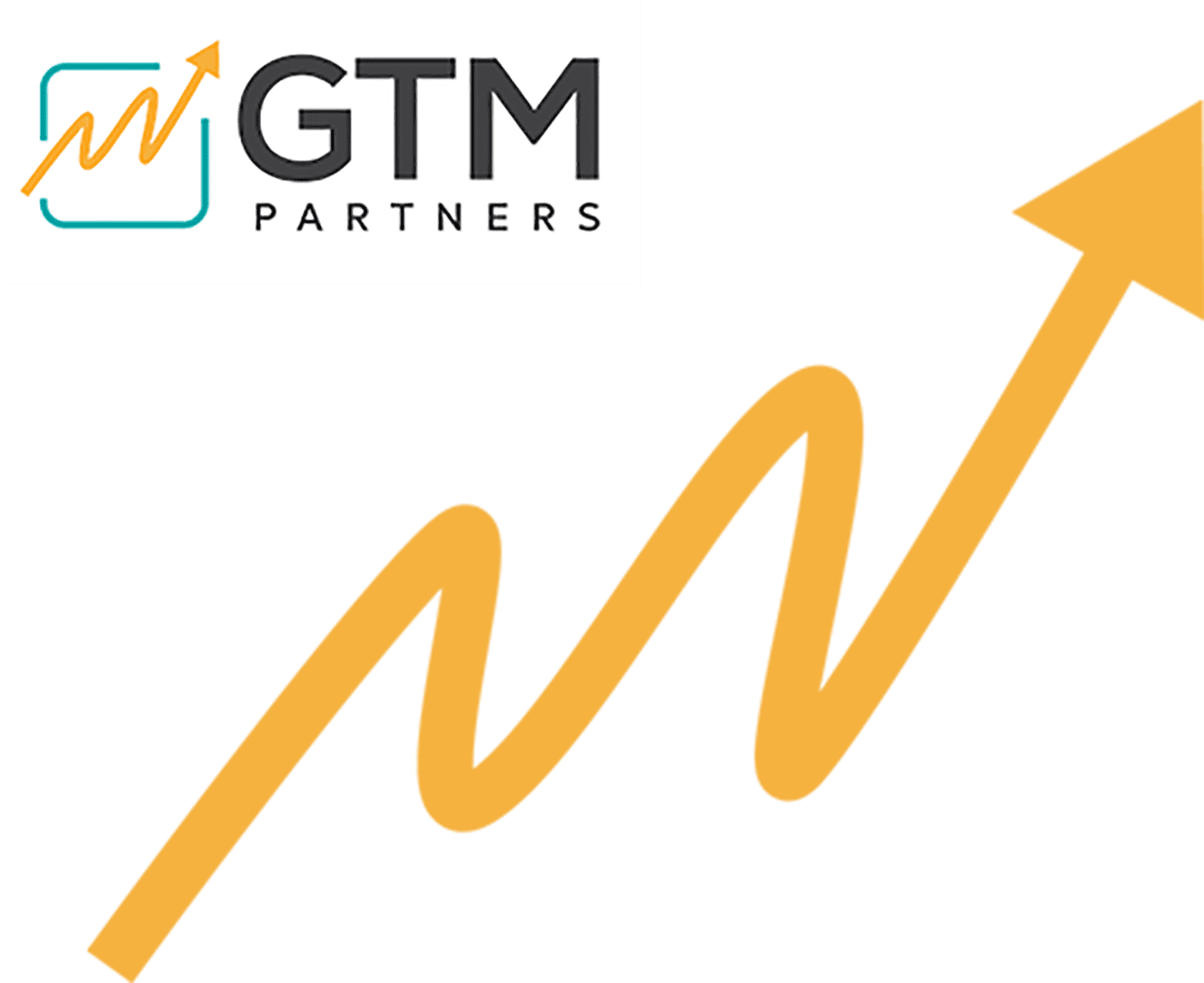The Significance of Churn Rate in Strategic Revenue Management
- October 16, 2023
The Significance of Churn Rate in Strategic Revenue Management
Within the realm of business analytics, the Churn Rate emerges as an indispensable metric, profoundly impacting an organization’s go-to-market (GTM) strategy, sales, marketing, and the overarching revenue management framework.
The Churn Rate quantifies the percentage of customers or subscribers who discontinue a service within a specific period. This metric is more than just a number; it serves as a vital indicator of the efficacy of an organization’s GTM strategy. A high Churn Rate may signal misalignment between the market’s needs and what’s being offered, necessitating adjustments in sales and marketing approaches.
Moreover, ‘revenue leaks’, represented by a rising Churn Rate, can have deleterious effects on profitability and growth trajectories. Such leaks might be symptomatic of deeper operational challenges, from product-market misfits to lapses in customer service.
Enter Revenue Operations (RevOps) and Revenue Intelligence. RevOps seeks to streamline and optimize processes across sales, marketing, and customer service to mitigate churn. Concurrently, Revenue Intelligence provides a data-driven analysis of churn patterns, offering insights that can inform strategic interventions.
In summary, the Churn Rate is not just a standalone metric. In the intricate machinery of revenue management, it functions as a critical diagnostic tool, guiding businesses towards sustainable growth and operational excellence.



